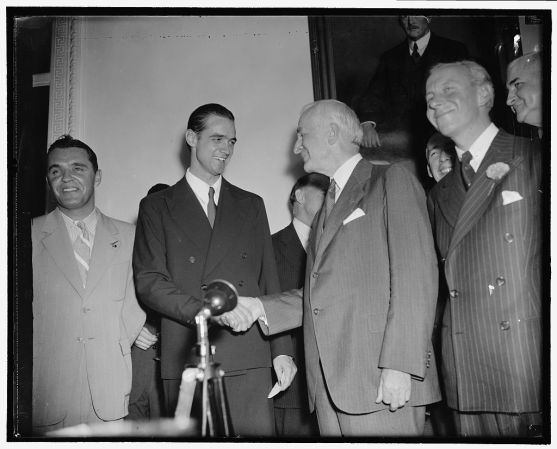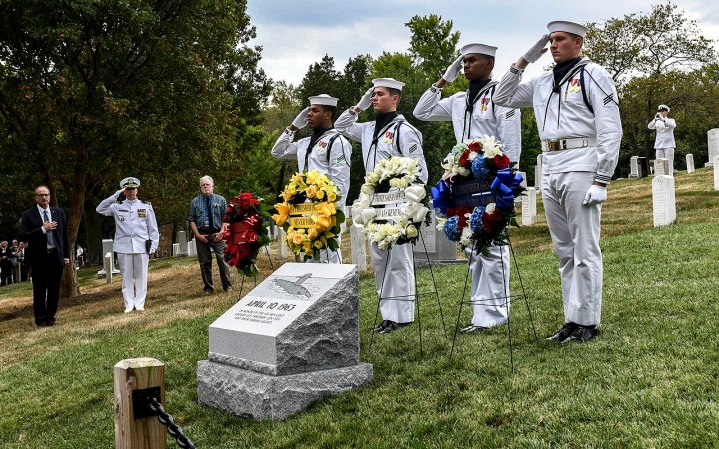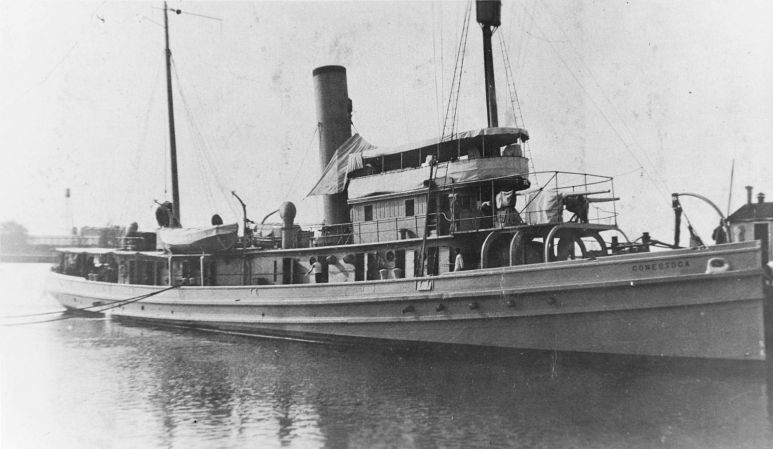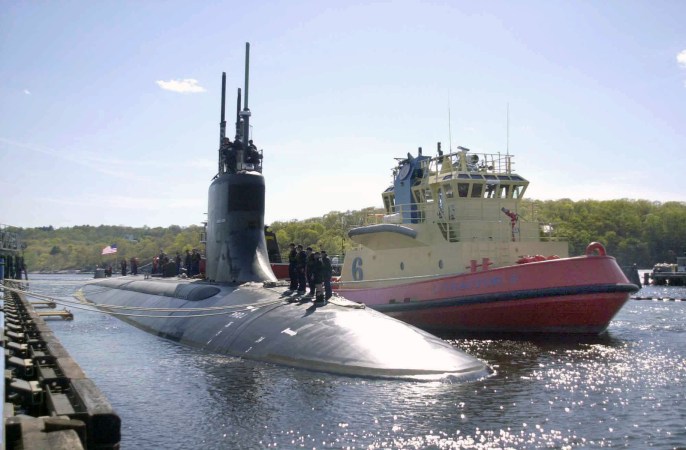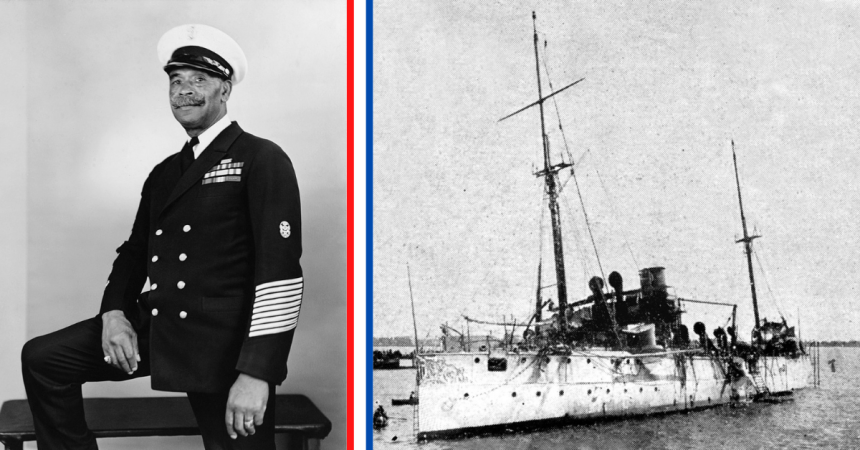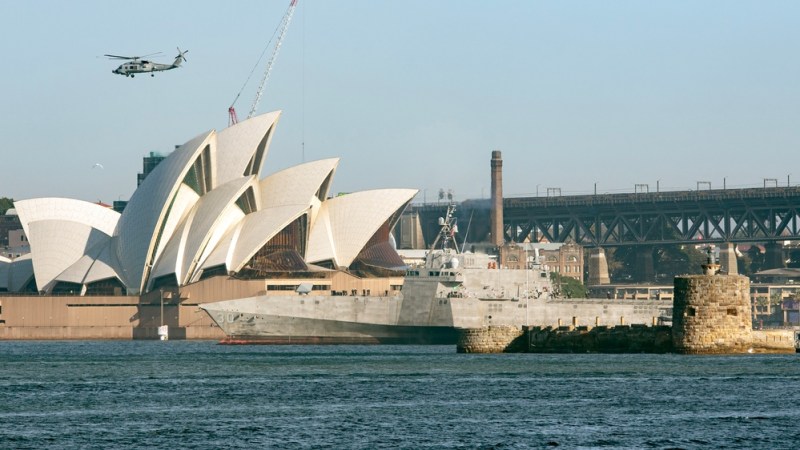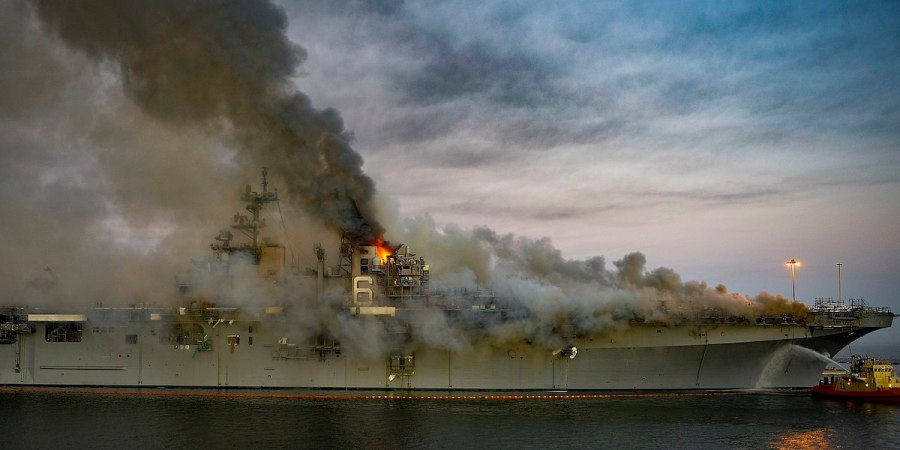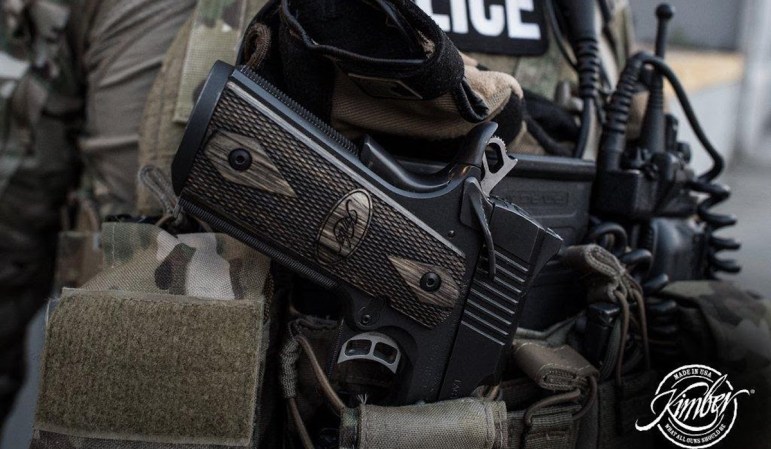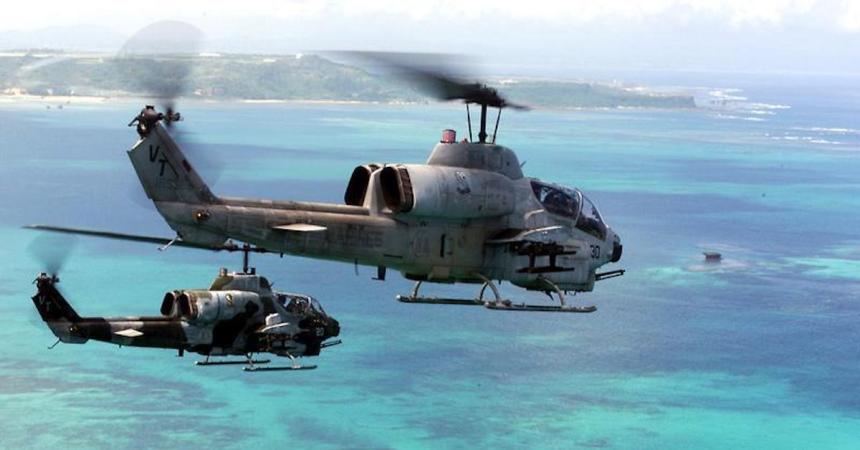Over the weekend, you may have heard that the Argentinean submarine ARA San Juan, and its crew of 44 sailors, has gone missing. This is not unusual. In 1968, the Skipjack-class nuclear-powered attack submarine USS Scorpion (SSN 589) went missing – and was declared “overdue and presumed lost.”
Let’s be honest about submariners. They are doing a very dangerous job – even in peacetime. They are taking a ship and deliberately going underwater – where immense forces are acting on the vessel. When submarines sink – either by accident or due to an act of war, the usual outcome is that all hands are lost.

Sometimes, though, the crews beat the odds, like for about half the crew of USS Squalus (SS 192). They survived the sinking of their vessel, and were later rescued. In fact, one device first developed and proven in the rescue of the Squalus survivors, the McCann Rescue Chamber, is still in service today.
According to a release from Southern Command, this chamber can reach a submarine as far as 850 feet below the surface of the ocean. Six sailors can be brought to the surface at a time. While this is a good start, keep in mind, some submarines can have as many as 155 personnel on board.

That said, there are parts of the ocean that are a lot deeper than 850 feet where a submarine could still maintain enough integrity to keep crews alive. For those rescues, the Navy can turn to the Pressurized Rescue Module. This can reach submarines as far down as 2,000 feet, and it can retrieve 16 personnel at a time. These are known as the Submarine Rescue Diving and Recompression System. Both systems have been deployed to render aid to any survivors on the San Juan, assuming the sub can be located in time.
Now, you may be wondering, “Where are the DSRVs?” Well, that’s the bad news. The United States had two Deep Submergence Rescue Vehicles, named Avalon and Mystic. Those vessels could go as far down as 5,000 feet and could pull up 24 personnel at a time.

The United States sent a NASA P-3 and a Navy P-8 to help look for the San Juan. Hopefully, the sailors can be found and rescued.




